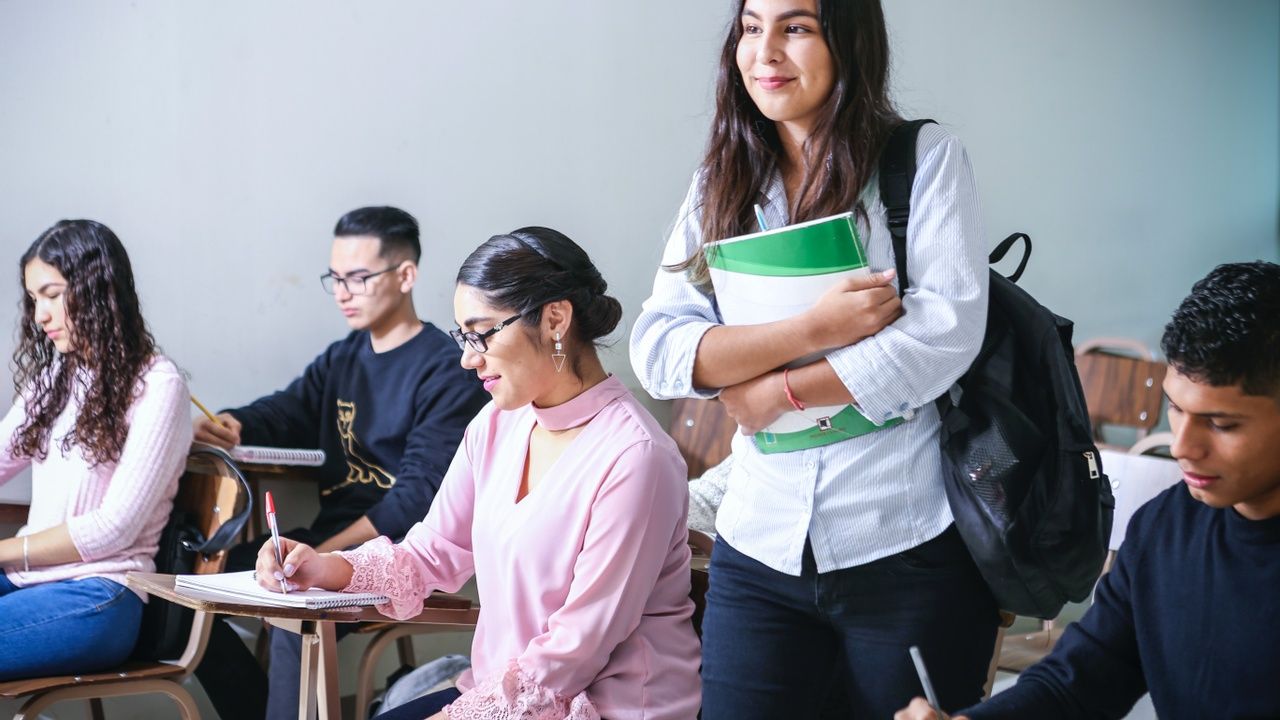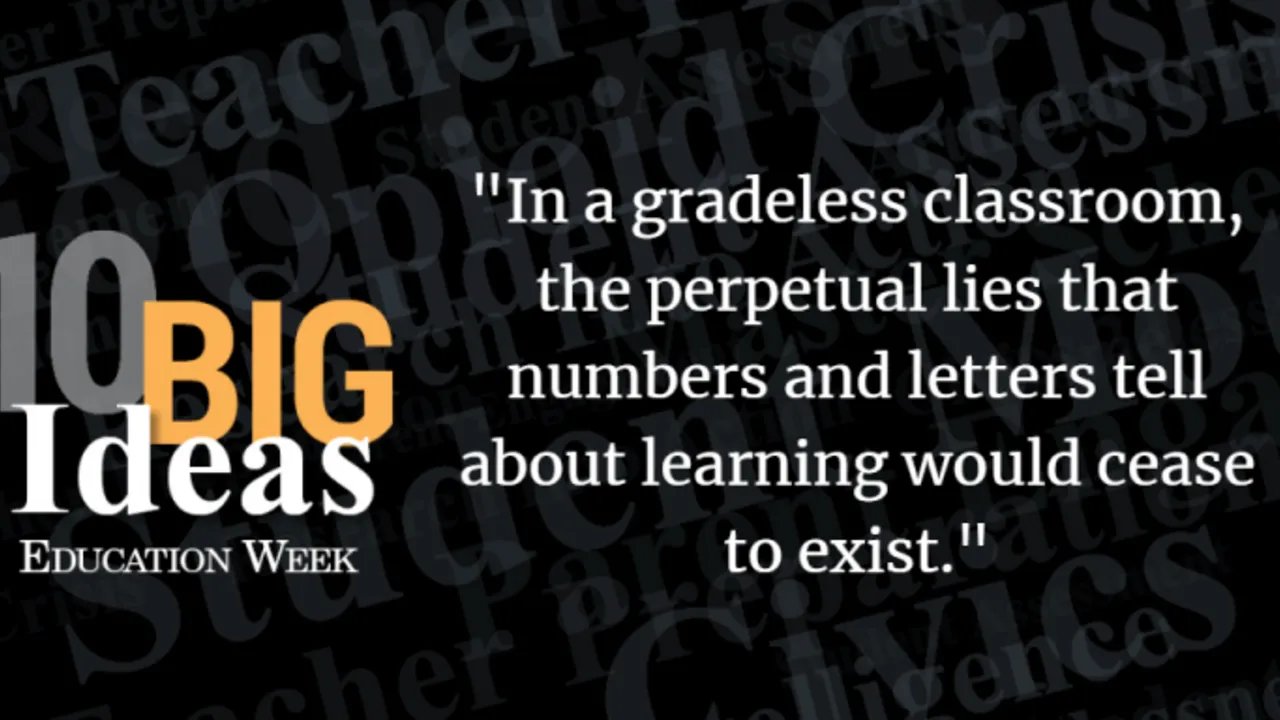Collaboration: The Secret Sauce for Next-Level PBL
May 01, 2025
From Chaos to Collaboration: Making Group Work Actually Work
Collaboration isn’t just a nice-to-have skill anymore; it’s a must-have. In our increasingly connected and complex world, the ability to work well with others is essential — and nowhere is this more true than in a Project Based Learning (PBL) environment.
But here’s the challenge: collaboration isn’t something that just happens. It’s a skill, and like any other skill, it must be intentionally taught, practiced, and refined. So how do we move past the stereotypical group project that ends in frustration and ensure that collaboration becomes a powerful tool for student success?
Let’s dive into practical strategies to make collaboration a core component of your classroom.

🤝 The Superpower of Collaboration in Project-Based Learning
In PBL, students work together to explore real-world problems, solve challenges, and create meaningful outcomes. At the heart of it all? Collaboration.
But collaboration in a PBL classroom isn’t about assigning group tasks and hoping for the best. It's about teaching students how to communicate, problem-solve together, share leadership, and resolve conflicts effectively.

When collaboration is successful, it leads to:
- Enhanced critical thinking: Working in groups challenges students to test their ideas, listen to others, and refine their thinking.
- Increased creativity: Different perspectives often spark innovative solutions that one person alone might not have considered.
- Stronger communication skills: Students learn how to articulate their ideas, listen actively, and adjust their message based on feedback.
- Ownership and responsibility: Collaboration builds a sense of shared responsibility, where students understand the importance of each team member's contribution.
Now, how do we foster that kind of collaborative spirit?

🎯 Strategy #1: Set Clear Expectations and Roles
One of the most common complaints about group work is that it often feels “unequal” — some students end up doing all the work, while others coast. This can easily happen in a PBL setting if roles and expectations aren’t clearly defined from the start.
Here’s what to do:
- Assign roles at the start of each project. These could be functional (researcher, writer, designer) or process-based (leader, timekeeper, scribe, reporter).
- Make collaboration a process, not just an outcome. Give students opportunities to check in with each other regularly and track group dynamics.
- Provide rubrics that assess not only the final product but the process: collaboration, communication, and contribution.
- Rotate roles throughout the year so that each student experiences different aspects of group work.
When students know exactly what’s expected of them — and what their peers will be contributing — collaboration becomes more focused and intentional.

🛠️ Strategy #2: Teach the Soft Skills of Collaboration
Collaboration is about more than just dividing up the work. It requires specific soft skills — things like active listening, empathy, negotiation, and conflict resolution. These are the skills that make group work effective and enjoyable.
To teach these skills, try the following:
- Model collaborative behaviors: Be transparent about how you work with others. Share your thought processes, show your negotiation techniques, and handle disagreements respectfully in front of students.
- Use role-playing: Set up scenarios where students have to practice resolving conflicts or negotiating group decisions.
- Teach active listening: Encourage students to not just wait for their turn to speak but to listen deeply, ask clarifying questions, and paraphrase what others are saying.
- Celebrate teamwork: Acknowledge and celebrate moments when students exhibit excellent collaboration — whether it’s solving a problem together or working through a tough disagreement.
This isn’t about making every student a “perfect” collaborator but providing them with the tools to navigate the challenges of group work and grow in the process.

🔄 Strategy #3: Build in Time for Reflection and Feedback
For collaboration to improve over time, reflection is key. Students need the space to think about what worked well in their collaboration and what could be better next time.
Ways to integrate reflection into the process:
- Daily check-ins: At the end of each work session, ask students to reflect briefly on their group dynamics. What went well? What could have been improved?
- Peer feedback: Have students assess each other’s contributions and teamwork. This not only promotes accountability but also provides valuable feedback for growth.
- End-of-project reflections: After the project is complete, hold a group debrief where students can share what they learned about their own collaborative style and what they would do differently next time.
By incorporating regular reflection, students begin to internalize collaboration skills and see how their group work can evolve throughout the project.

🎨 Strategy #4: Create Collaborative Projects That Mirror Real-World Work
In the world outside school, collaboration isn’t just a classroom skill — it’s a career skill. So, why not treat it like one?
Create projects that:
- Mimic real-world scenarios where collaboration is necessary, like working on a client presentation or designing a community-based solution.
- Require interdisciplinary teamwork, encouraging students to collaborate with others who have different skills and expertise.
- Have multiple phases of collaboration: Some parts of the project could require team brainstorming, while other stages might involve independent research or individual creation that later gets shared with the group.
These types of projects help students see the importance of collaboration beyond school walls — they’re not just working together because it’s required; they’re solving a real-world problem together.

🧩 Strategy #5: Foster a Growth Mindset Around Collaboration
Just like any other skill, collaboration improves with practice. Some students will struggle at first — they might have a hard time sharing control, navigating conflict, or staying engaged. And that’s okay. It’s all part of the learning process.
Foster a growth mindset by:
- Encouraging resilience in collaboration: When a group doesn’t work well together, help them analyze what happened and brainstorm ways to improve next time.
- Celebrating incremental improvements: If a student made strides in working with others, even if it wasn’t perfect, recognize and celebrate that growth.
A growth mindset around collaboration means students view every group experience as an opportunity to improve — and they can always get better.

🏁 Final Word: Collaboration as a Lifelong Skill
In the end, collaboration is more than just a skill for school. It’s a skill for life. Whether students are working on a group project at work, managing a team, or solving global challenges, collaboration will be at the heart of everything they do.
By teaching collaboration intentionally, we’re not just preparing students to work well with others in the classroom — we’re preparing them to succeed in the real world.
So, let’s make collaboration more than just a buzzword. Let’s make it a classroom culture.

Level Up Your Classroom’s Collaboration Game
Hacking Project Based Learning
by Ross Cooper & Erin Murphy
by Connie Hamilton
Resource:
- Main post collaboration image by Gerd Altmann from Pixabay







